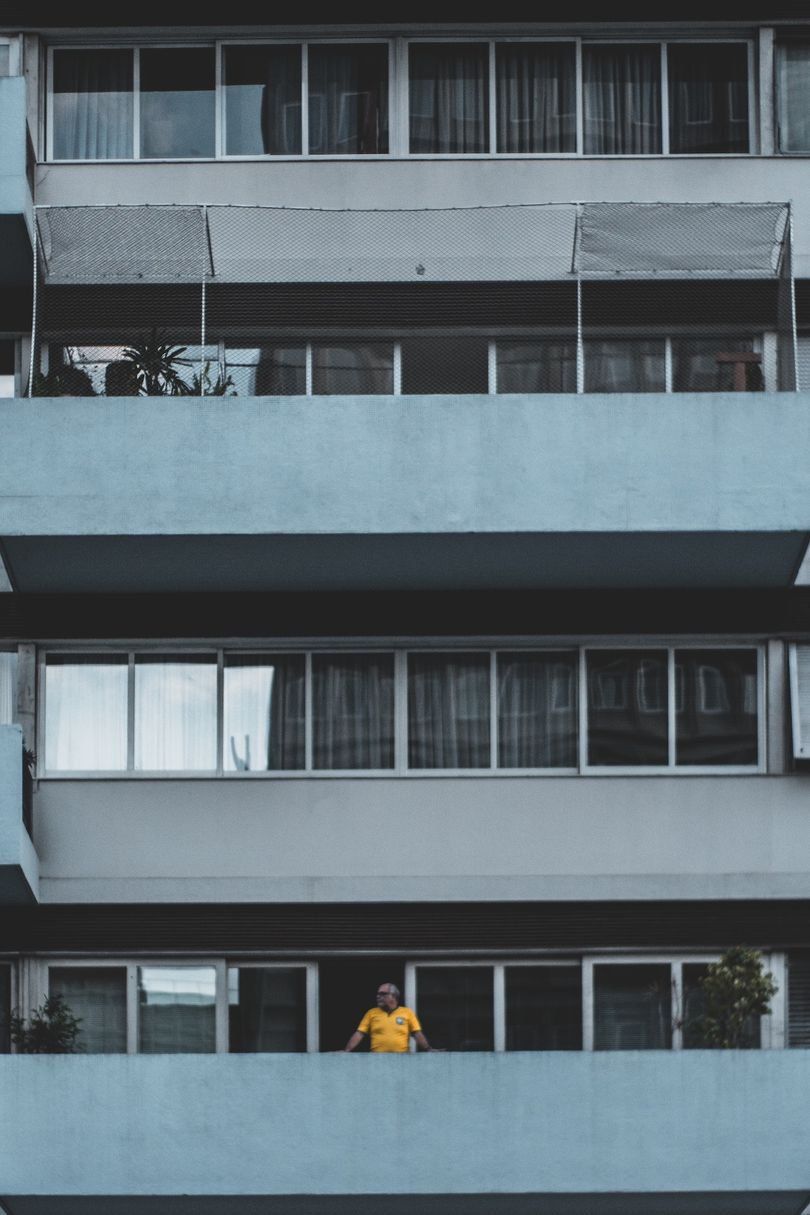Understanding Home Insurance Coverage: What’s Included?
Introduction: Home insurance is a comprehensive form of coverage that protects your property, belongings, and financial well-being. Understanding the different components of home insurance coverage is essential for ensuring you have the right level of protection. Let’s explore the key elements of home insurance coverage and what they entail.

Dwelling Coverage: Dwelling coverage is the core component of home insurance and protects the physical structure of your home. It provides coverage for damage or destruction caused by covered perils such as fire, lightning, windstorms, or vandalism. Dwelling coverage typically pays for repairs or reconstruction up to the policy’s limit, ensuring that you can restore your home to its pre-loss condition.
Personal Property Coverage: Personal property coverage protects your belongings inside your home. This includes furniture, appliances, electronics, clothing, and other personal possessions. If your belongings are damaged or stolen due to covered perils, personal property coverage can help reimburse you for their value. It’s important to review your policy’s limits and consider any special coverage needed for high-value items such as jewelry or artwork.

Liability Coverage: Liability coverage is crucial in protecting you from legal and financial obligations if someone is injured on your property and holds you responsible. It covers medical expenses, legal fees, and potential settlements or judgments in such situations. Liability coverage also extends beyond your property, providing coverage if you or a family member cause accidental damage to someone else’s property. It acts as a safety net, ensuring that you are financially protected from potential lawsuits and their associated costs.
Additional Structures Coverage: Home insurance typically includes coverage for other structures on your property, such as garages, sheds, or fences. If these structures are damaged or destroyed by covered perils, additional structures coverage can help cover the costs of repairs or rebuilding. This aspect of coverage ensures that all aspects of your property are protected and can be restored if necessary.

Loss of Use Coverage: Loss of use coverage, also known as additional living expenses coverage, comes into play when your home becomes temporarily uninhabitable due to a covered peril. It provides coverage for necessary expenses incurred while you’re unable to live in your home, such as hotel stays, meals, and transportation. Loss of use coverage ensures that you can maintain a reasonable standard of living while your home is being repaired or rebuilt.
Optional Coverages: In addition to the standard components of home insurance, there are optional coverages that you can consider based on your needs. These may include flood insurance, earthquake insurance, or coverage for specific high-value items. Assessing your geographic location and specific risks can help determine if additional coverage is necessary to provide comprehensive protection.
Conclusion: Understanding the components of home insurance coverage is vital for ensuring you have the appropriate level of protection. Dwelling coverage safeguards your home’s structure, while personal property coverage protects your belongings. Liability coverage offers financial protection against potential lawsuits, and additional structures coverage ensures all aspects of your property are included. Loss of use coverage provides for temporary living expenses if your home becomes uninhabitable. Consider optional coverages to address specific risks or high-value items. By reviewing and customizing your policy to fit your needs, you can have peace of mind knowing that your home and belongings are well protected in the face of unexpected events.